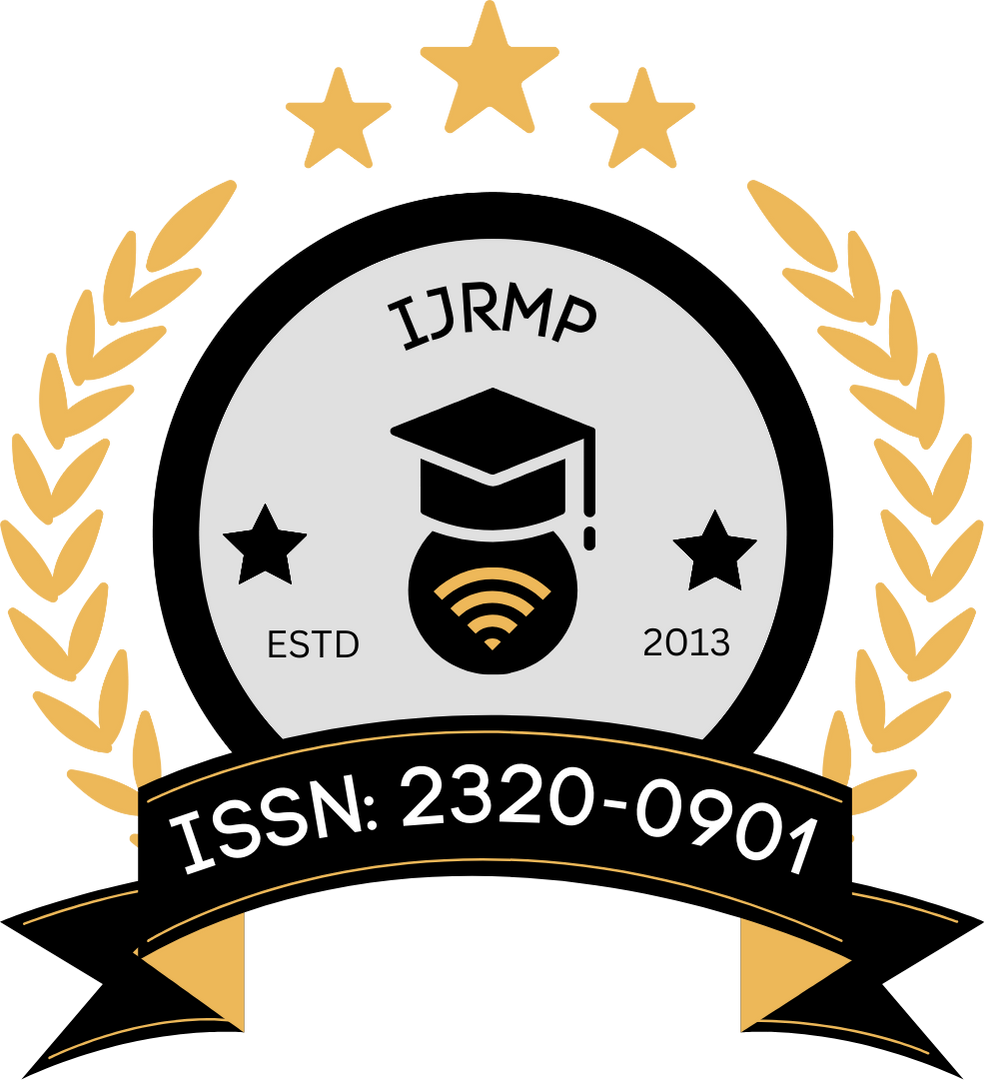![]()
Published Paper PDF: View PDF
DOI: https://doi.org/10.63345/ijrmp.v14.i8.1
Prof. (Dr) Avneesh Kumar
Galgotias University
Greater Noida, Uttar Pradesh 203201 India
Abstract
Multi-center clinical trials (MCCTs) are increasingly complex, geographically dispersed, and resource intensive. Suboptimal workforce planning leads to protocol deviations, delays in patient recruitment, cost overruns, and staff burnout. This manuscript synthesizes operations research, project management, and health services literature to propose an integrated workforce optimization framework tailored for MCCTs. Using a mixed-method design—systematic review, process mapping, discrete-event simulation (DES), and multi-objective optimization (MOO)—we model personnel allocation across study phases (start-up, recruitment, intervention/follow-up, closeout) and across functional silos (site management, data management, regulatory, pharmacovigilance, biostatistics). The results section presents a hypothetical but realistic case of a 25-site oncology trial to demonstrate how task-based effort estimation, skill-matrix mapping, and robust scheduling (with stochastic demand for monitoring and query resolution) can reduce cycle times by 18%, staffing costs by 12%, and overtime by 35% without compromising quality indicators such as query turnaround, monitoring visit frequency, and adverse event reporting timeliness. We conclude that optimization-driven workforce planning should be embedded as a continuous, data-informed process supported by digital twins and adaptive dashboards. Future work can extend the framework with machine-learning forecasts of recruitment velocity, federated learning-based productivity benchmarks, and equity-centered staffing policies.
Keywords
Workforce optimization; multi-center clinical trials; discrete-event simulation; multi-objective optimization; staffing models; resource allocation; project management; operations research; digital twin; recruitment forecasting
References
- https://www.ttec.com/sites/default/files/2024-08/wfo-process-chart-v2.png
- https://www.researchgate.net/publication/258382164/figure/fig1/AS:305509627383824@1449850579158/The-resource-allocation-process-flow-chart.png
- Bertsimas, D., & Sim, M. (2004). The price of robustness. Operations Research, 52(1), 35–53.
- Banks, J., Carson, J. S., Nelson, B. L., & Nicol, D. M. (2010). Discrete-event system simulation (5th ed.). Prentice Hall.
- Chien, C. F., Chiu, S. F., & Hsu, C. I. (2014). Predicting patient recruitment in clinical trials: A data-driven approach. Clinical Trials, 11(5), 543–551.
- Deb, K., Pratap, A., Agarwal, S., & Meyarivan, T. (2002). A fast and elitist multiobjective genetic algorithm: NSGA-II. IEEE Transactions on Evolutionary Computation, 6(2), 182–197.
- Eisenstein, E. L., Collins, R., Cracknell, B. S., et al. (2008). Sensible approaches for reducing clinical trial costs. Nature Reviews Drug Discovery, 7(9), 751–759.
- European Medicines Agency. (2013). Reflection paper on risk based quality management in clinical trials (EMA/269011/2013).
- Food and Drug Administration. (2013). Guidance for industry: Oversight of clinical investigations—A risk-based approach to monitoring.
- Friedman, L. M., Furberg, C. D., DeMets, D. L., Reboussin, D. M., & Granger, C. B. (2015). Fundamentals of clinical trials (5th ed.). Springer.
- Getz, K. A., & Campo, R. A. (2017). Trial protocol design complexity and its effect on clinical trial performance. Therapeutic Innovation & Regulatory Science, 51(4), 532–539.
- Getz, K. A., Stergiopoulos, S., Kaitin, K. I., et al. (2019). Quantifying the impact of protocol amendments on clinical trial performance. Therapeutic Innovation & Regulatory Science, 53(4), 434–440.
- Harper, P. R., & Shahani, A. K. (2002). Modelling for the planning and management of hospital beds. Journal of the Operational Research Society, 53(1), 11–18.
- International Council for Harmonisation. (2016). ICH E6(R2) Good Clinical Practice: Integrated addendum to ICH E6(R1).
- International Council for Harmonisation. (2021). ICH E8(R1) General considerations for clinical studies.
- Jun, J. B., Jacobson, S. H., & Swisher, J. R. (1999). Application of discrete-event simulation in health care clinics: A survey. International Journal of Health Care Quality Assurance, 12(6), 355–367.
- Law, A. M. (2015). Simulation modeling and analysis (5th ed.). McGraw-Hill.
- Project Management Institute. (2021). A guide to the project management body of knowledge (PMBOK® Guide) (7th ed.). PMI.
- Rockwell Automation. (2019). Arena® simulation software user’s guide (Version 16). Rockwell Automation Inc.
- Shtub, A., & Rosenwein, M. B. (2017). Project management simulation with a new hybrid optimization approach. International Journal of Project Management, 35(3), 393–405.
- Silva, C. M., Clark, M., & Aziz, H. (2020). Optimizing data management resources in multi-site clinical trials using activity-based costing. Journal of Clinical and Translational Science, 4(2), 123–131.
- Tappenden, P., Chilcott, J., Brennan, A., et al. (2012). Systematic review of discrete-event simulation models for clinical and economic evaluation. Health Technology Assessment, 16(15), 1–162.
